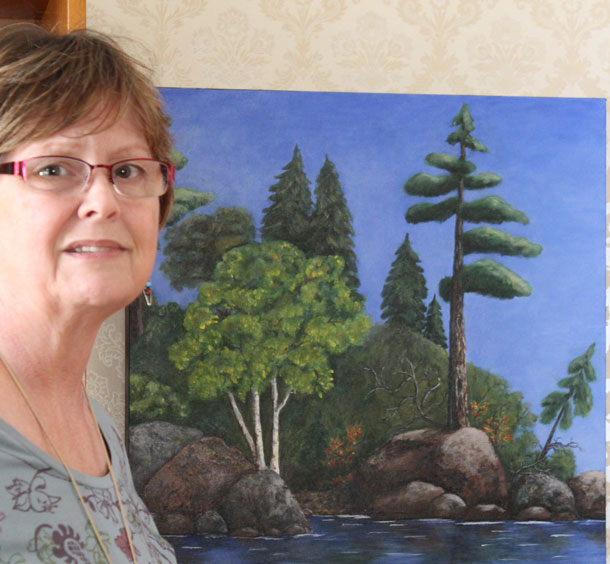
Stroke is a Leading Cause of Death
THUNDER BAY – Health – When Janis Wick woke up on the morning of September 6, 2011, she knew something wasn’t right. She tried to stand up but her left leg had gone weak and her left arm wasn’t helping to push her up from the bed. The left side of her body was paralyzed. Wick called her sister, with whom she shares a house, and they decided to call an ambulance. After a day in Thunder Bay Regional Health Sciences Centre’s Emergency Department, Wick was moved to 2A which offered assessment and treatment by the acute stroke team. It was determined that she had experienced a stroke during the night while she slept.
[sws_pullquote_right]The Facts about Stroke Stroke is a leading cause of death in Canada, killing about 14,000 people annually * There is one stroke every 10 minutes in Canada, nearly 50,000 per year * The risk of stroke doubles every 10 years after the age of 55 * Women account for 60% of all strokes and 45% more women die from a stroke than men. * A stroke survivor has a 20% chance of having another stroke within 2 years Stroke is a medical emergency. Call 911 or your local emergency number immediately. [/sws_pullquote_right] “I didn’t moan about it,” says Wick, a leftie who now had to re-learn how to do everything with her right hand. She began physiotherapy at St. Joseph’s and within three weeks, she was able to walk with assistance.
Now Wick does exercises on her own, swimming often at Churchill pool and working out on a stationary bicycle at home.
“It’s about retraining the brain,” she says. Exercise is having an effect. Wick is slowly regaining movement in her left shoulder and was able to get her driver’s licence back at the end of April this year.
She says it has also helped to have friends, co-workers and family, particularly her sister and caregiver, providing support. “I have a wonderful circle of friends and that helps to keep your spirits up.”
Learning to Paint Again
When Wick experienced her stroke, she was only a few years away from retiring from her job as cook clerk at Faye Peterson Transition House and had been looking forward to a retirement full of painting.
After the stroke affected mobility on the left side of her body, Wick, who had always painted with her left hand suddenly had to teach herself to paint using her right hand. “I can’t not do art,” says Wick.
In addition to her own painting, Wick volunteers at the Faye Peterson Transition House’s art therapy program.
And although she says that learning to paint with her right hand has been a challenge, that’s certainly not evident in the paintings themselves. Nonetheless, Wick looks forward to being able to return to using her left hand one day.
“I met another woman who had had a stroke and who told me it took six years before she had the use of her hand again, so I’m not giving up hope.”
Research May Help Improve Stroke Rehab
Are there ways to help patients recover faster and better after a stroke? That is one of the questions that Dr. Jane Lawrence-Dewar of the Thunder Bay Regional Research Institute (TBRRI) is investigating. Using functional Magnetic Resonance Imaging or fMRI, Dr. Lawrence-Dewar is examining how hand coordination is affected by stroke, and how it recovers or adapts after stroke.














